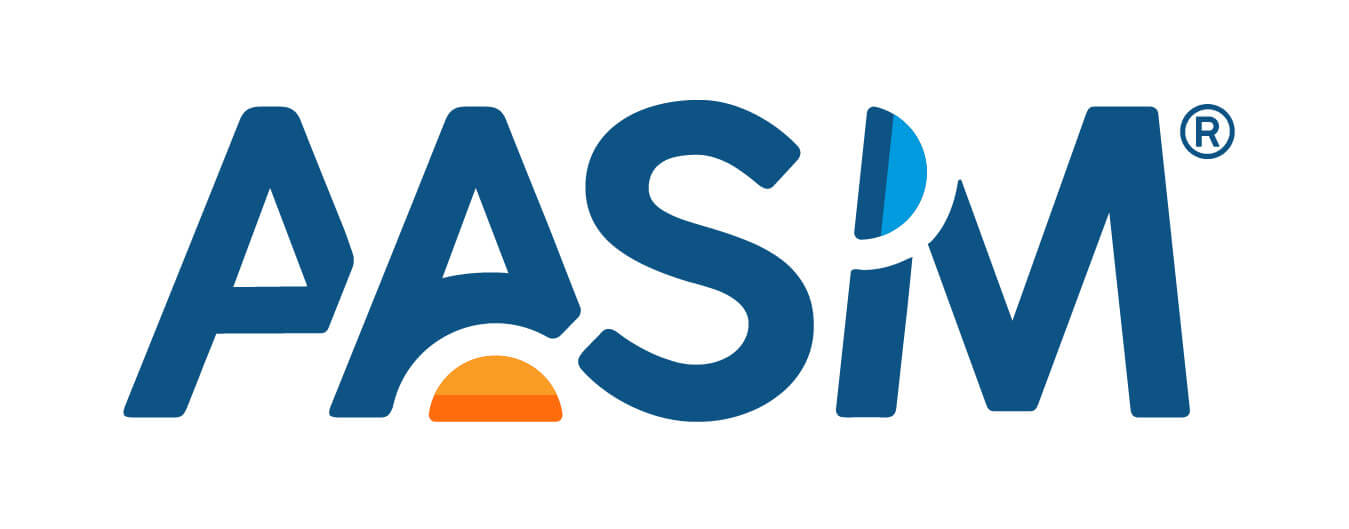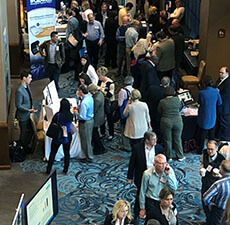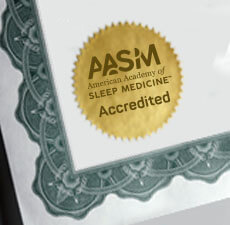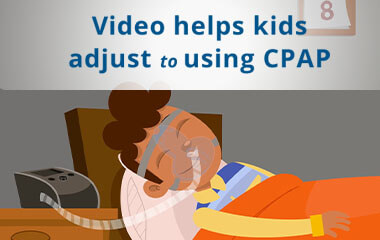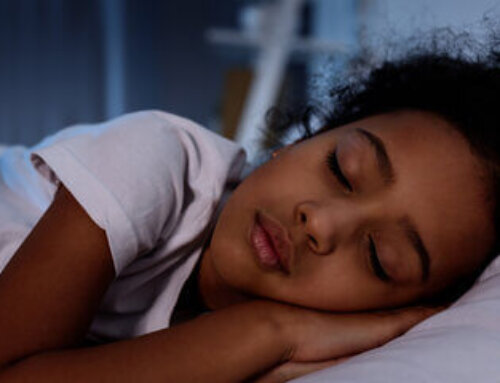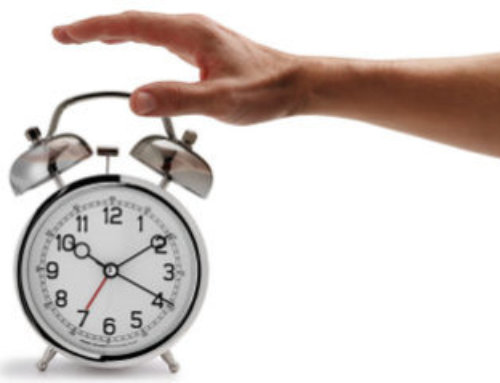A new video developed by the American Academy of Sleep Medicine offers tips to help children with sleep apnea adjust to using a CPAP machine and understand the benefits of treatment.
Sleep apnea occurs when the muscles in the back of the throat relax, causing a reduction in breathing or breathing pauses. It occurs in 3% to 5% of children and is most common at preschool ages. CPAP therapy uses mild levels of air pressure, provided through a mask, to keep the throat open during sleep.
“CPAP Tips for Kids” is an informational video that includes step-by-step instructions for how to get comfortable using a CPAP machine. The fun and friendly video is a resource for parents, children, sleep disorders centers, and pediatricians. Dr. Carol Rosen, a pediatric sleep physician and AASM board member, said it’s important for patients of all ages to begin CPAP treatment with a positive experience.
“While people can find lots of helpful videos that feature tips for adults with sleep apnea, videos geared toward children with sleep apnea are hard to find,” she said. “The AASM’s video is a welcome tool to help children and their families get started on CPAP treatment.”
The video focuses on the importance of practicing with CPAP to help children get used to the machine. Wearing the mask without turning the machine on during regular daily activities and working up to running the machine in small time increments will help children get comfortable. The video shows how using a CPAP machine will get easier over time, and it explains how improving sleep will help the child to feel more energetic and alert throughout the day.
“The messages give a gentle, positive introduction to CPAP treatment and are also reassuring to children and their families that using CPAP treatment is doable,” said Rosen.
Symptoms of sleep apnea can be more difficult to detect in children than adults. Cognitive and behavioral problems are common in children with sleep apnea. These problems may include:
- Aggressive behavior
- Attention-deficit/hyperactivity disorder
- Delays in development
- Poor school performance
- Mood changes and poor choices
The CPAP Tips for Kids video is available on YouTube. If you see these behaviors in your child, you should talk to your pediatrician or contact an accredited sleep center to find a sleep doctor near you.
Also, make sure your child gets the right amount of sleep on a regular basis. According to the AASM’s bedtime calculator, children ages 3 to 5 should get 10-13 hours of sleep, ages 6 to 12 will need 9-12 hours, and those in the 13 to 18 age group will need 8-10 hours to promote optimal health.
# # #
About the American Academy of Sleep Medicine
Established in 1975, the AASM advances sleep care and enhances sleep health to improve lives. The AASM has a combined membership of 11,000 accredited sleep centers and individuals, including physicians, scientists and other health care professionals who care for patients with sleep disorders. As the leader in the sleep field, the AASM sets standards and promotes excellence in sleep medicine health care, education and research.
